Introduction to Taekwondo for Children and Parents
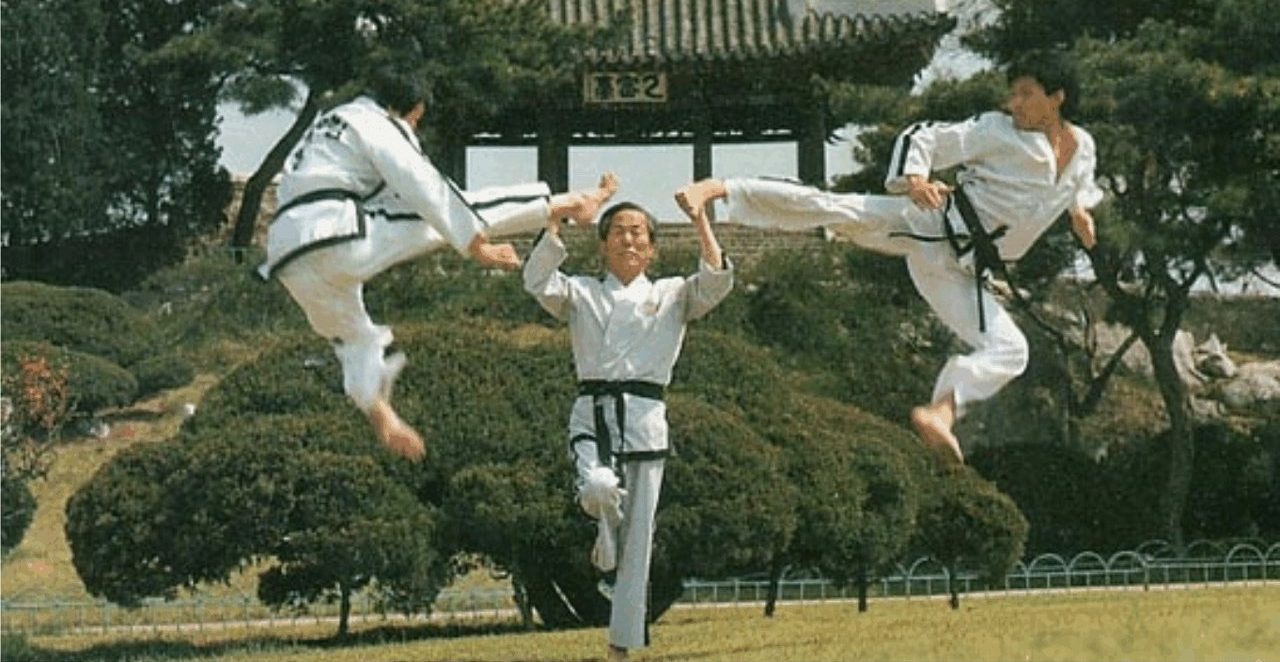
A Introduction to Taekwondo for Children and Parents
Taekwondo is a popular martial art that originated in Korea and has become a global phenomenon. It is known for its dynamic kicks, impressive jumping and spinning techniques, and its focus on self-defense. However, Taekwondo is much more than just a physical sport, it can also have a significant impact on a child’s character development. In this guide, we will explore the history of Taekwondo, the different styles and schools, and how Taekwondo can support children in their overall growth and development.
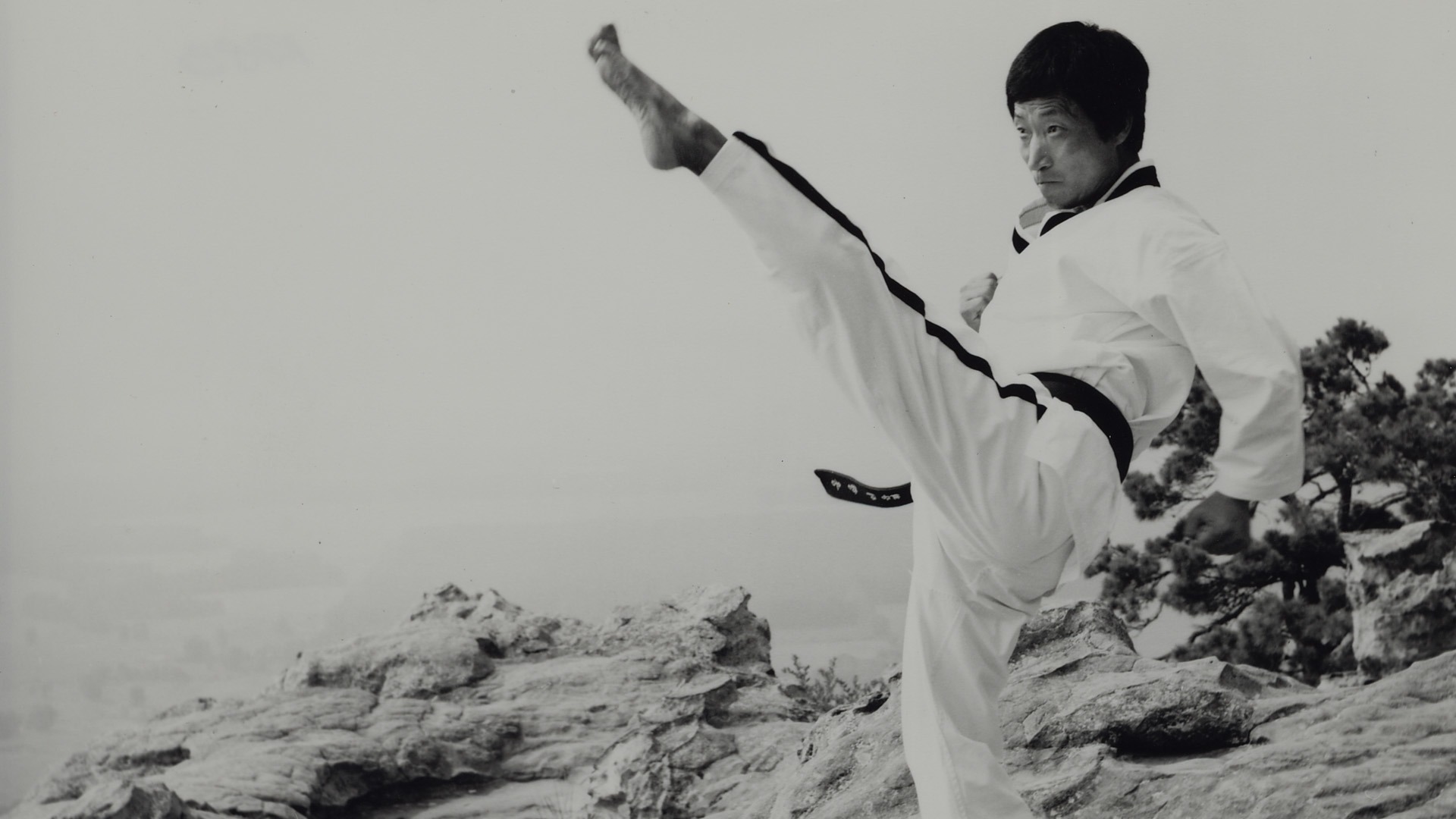
The History and Origin of Taekwondo
Taekwondo has a rich history that spans centuries and draws on both Korean and Chinese martial arts traditions. It was developed as a means of self-defense and to promote physical fitness, mental discipline, and ethical behavior. Taekwondo became popular in the 1950s and 1960s and has since spread to over 200 countries, with millions of practitioners of all ages and backgrounds.
The Different Styles and Schools of Taekwondo
There are several different styles and schools of Taekwondo, each with its own unique approach to teaching and training. The two most common styles are ITF (International Taekwondo Federation) and WTF (World Taekwondo Federation). The ITF style focuses on traditional techniques and self-defense, while the WTF style is more focused on competition and sparring. Traditional schools of Taekwondo place a greater emphasis on mental and spiritual development, while others place more emphasis on physical training and competition.
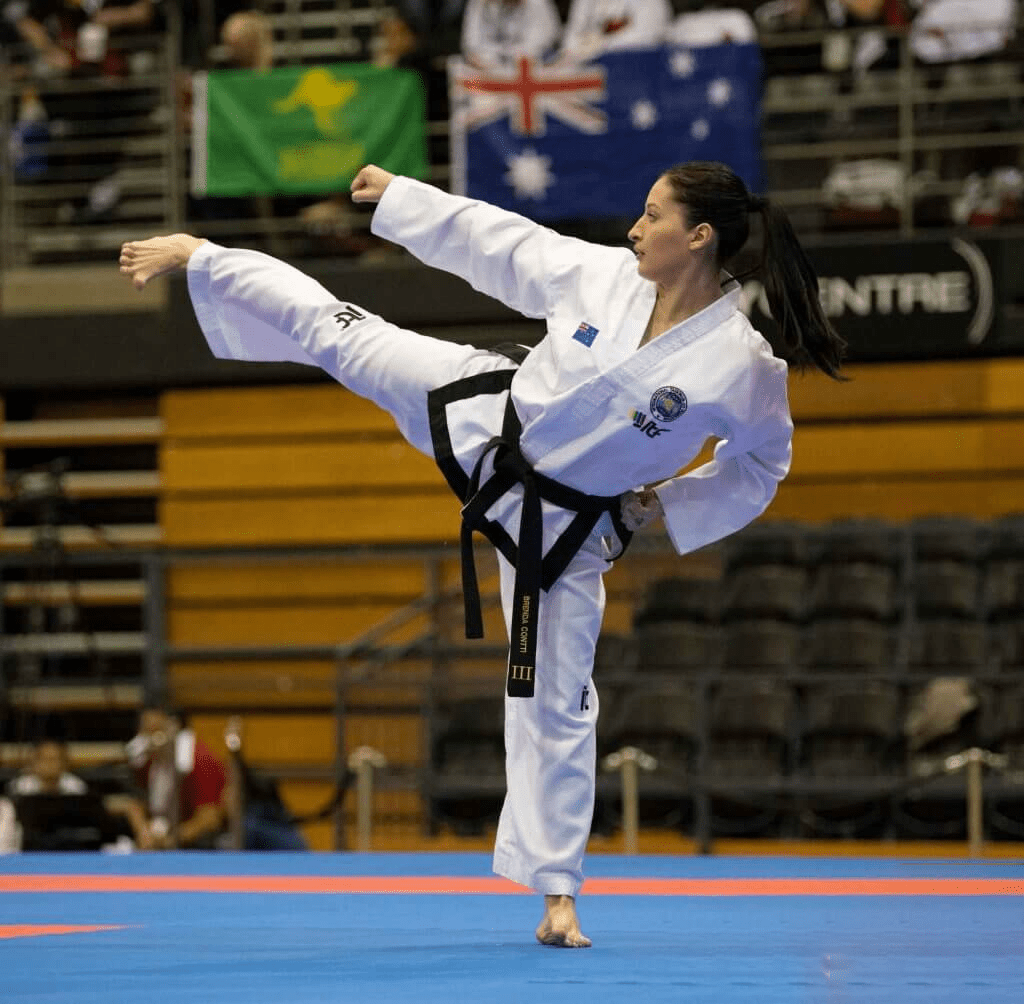
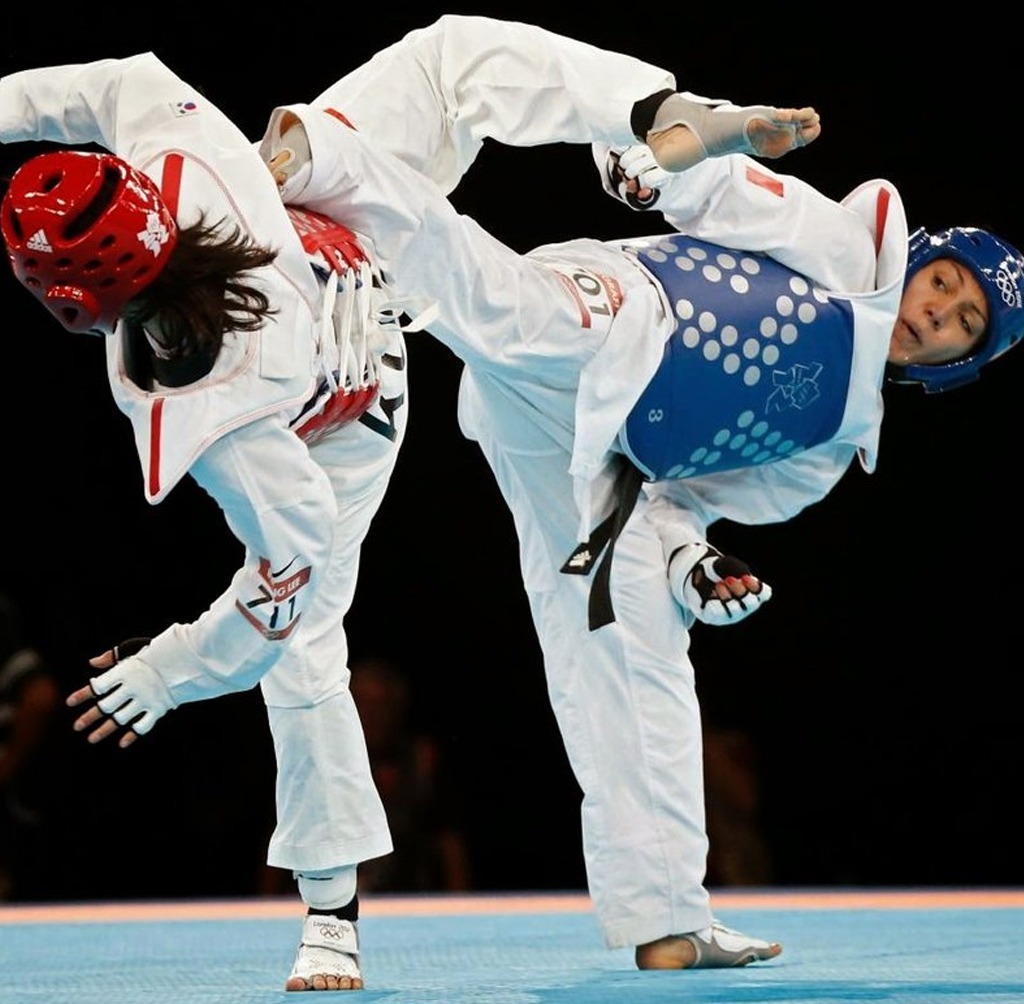
The Benefits of Practicing Taekwondo for Children
Taekwondo can have a significant impact on a child’s character development, helping them to build confidence, discipline, and focus. It also promotes physical coordination and strength, and can help children overcome fears and build self-esteem. Through Taekwondo, children can learn valuable life skills such as respect, teamwork, leadership, and goal-setting. In addition, Taekwondo can support children’s overall well-being and mental health. Here are some other aspects that benefit children when they practice taekwondo:
Builds Confidence and Self-Esteem
Practicing Taekwondo can help children build self-confidence and self-esteem as they learn new skills and techniques, and are recognized for their achievements in the sport. The physical, mental and emotional challenge of Taekwondo training can also help children feel a sense of pride and accomplishment, which can positively impact their overall sense of self-worth.
Promotes Physical Fitness and Coordination
Taekwondo is a full-body workout that helps children develop physical fitness and coordination. The sport emphasizes a variety of movements, including kicking, jumping, and spinning, which can help children build strength, flexibility, and balance. This physical training can also help children develop better posture and overall body awareness, which can benefit them in other sports and activities.
Teaches Discipline and Focus
Taekwondo training requires discipline and focus, as children learn and practice new techniques. This focus and discipline can spill over into other areas of a child’s life, such as school and other activities. Additionally, children learn to set and work towards goals through their training, which can help them develop a strong sense of determination and motivation.
Enhances Mental and Emotional Well-Being
Taekwondo can help children develop positive coping strategies and deal with stress and anxiety in a healthy way. The sport also provides an outlet for children to express themselves physically, which can be a great way to relieve stress and tension.
Encourages Respect and Teamwork
Taekwondo emphasizes the importance of respect and teamwork, both in training and competition. Children learn to work with others to achieve a common goal, and to show respect for their fellow practitioners, instructors, and opponents. This can help children develop strong social skills and positive relationships with others.
Supports Positive Life Skills
Taekwondo can help children develop important life skills such as goal-setting, problem-solving, and decision-making. Children learn to work through challenges, overcome obstacles, and persevere even when things are difficult, which can help them build resilience and perseverance.
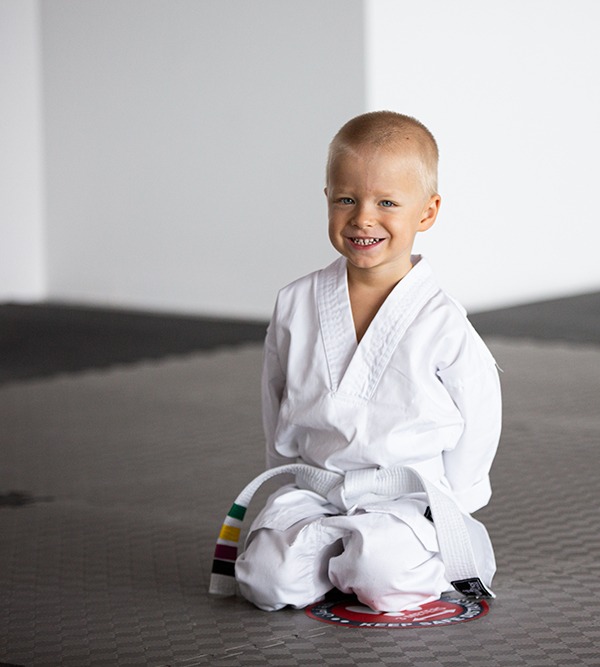
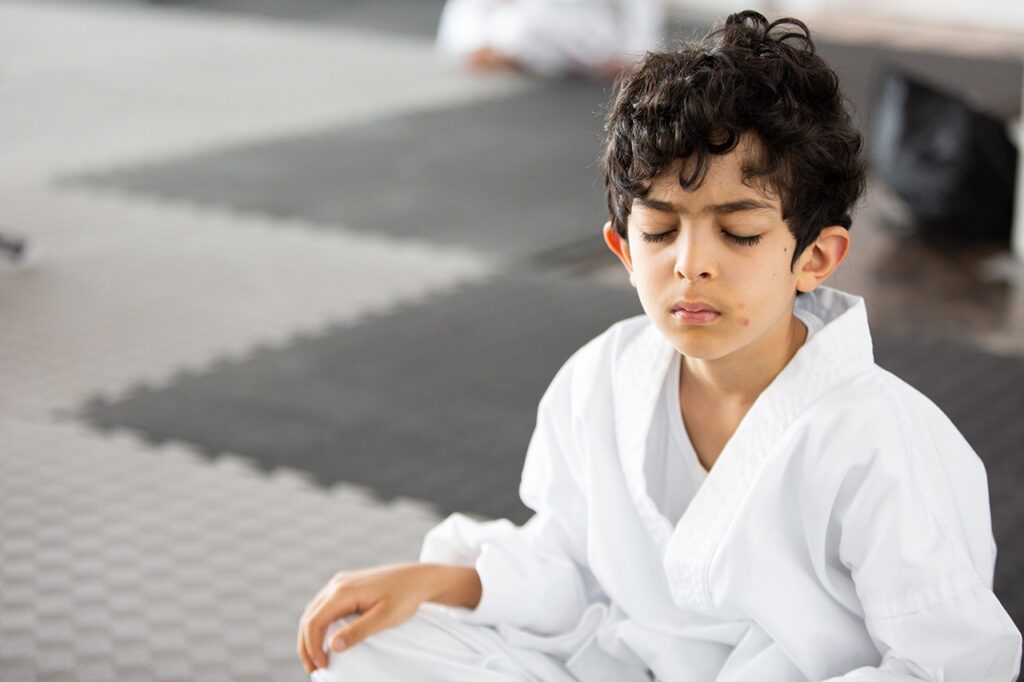
The Positive Impact of Taekwondo on Child Development
Taekwondo has a wide range of benefits for children, both physically and mentally. In terms of physical development, Taekwondo provides children with a full-body workout that can help improve their physical fitness, coordination, balance, and strength. This type of physical activity is not only important for children’s overall health, but also sets the stage for a lifelong commitment to fitness and well-being.
Cognitive development is another area where Taekwondo can make a positive impact. The sport requires children to focus and pay attention, which can help improve their concentration and memory skills. They also learn to set and work towards goals, which can help them develop problem-solving and decision-making skills.
On the emotional and social front, Taekwondo can have a profound impact on children’s development. The sport emphasizes respect and teamwork, which can help children develop strong social skills and positive relationships with others. By practicing Taekwondo, children learn to deal with stress and anxiety in a healthy way, and to develop a positive self-image and self-esteem.
Perhaps most importantly, Taekwondo can play a significant role in character development. Children who practice Taekwondo learn to persevere, overcome obstacles, and work through challenges, building resilience and determination in the process. They also learn the importance of respect, discipline, and teamwork, which can have a lasting impact on their values and behavior.
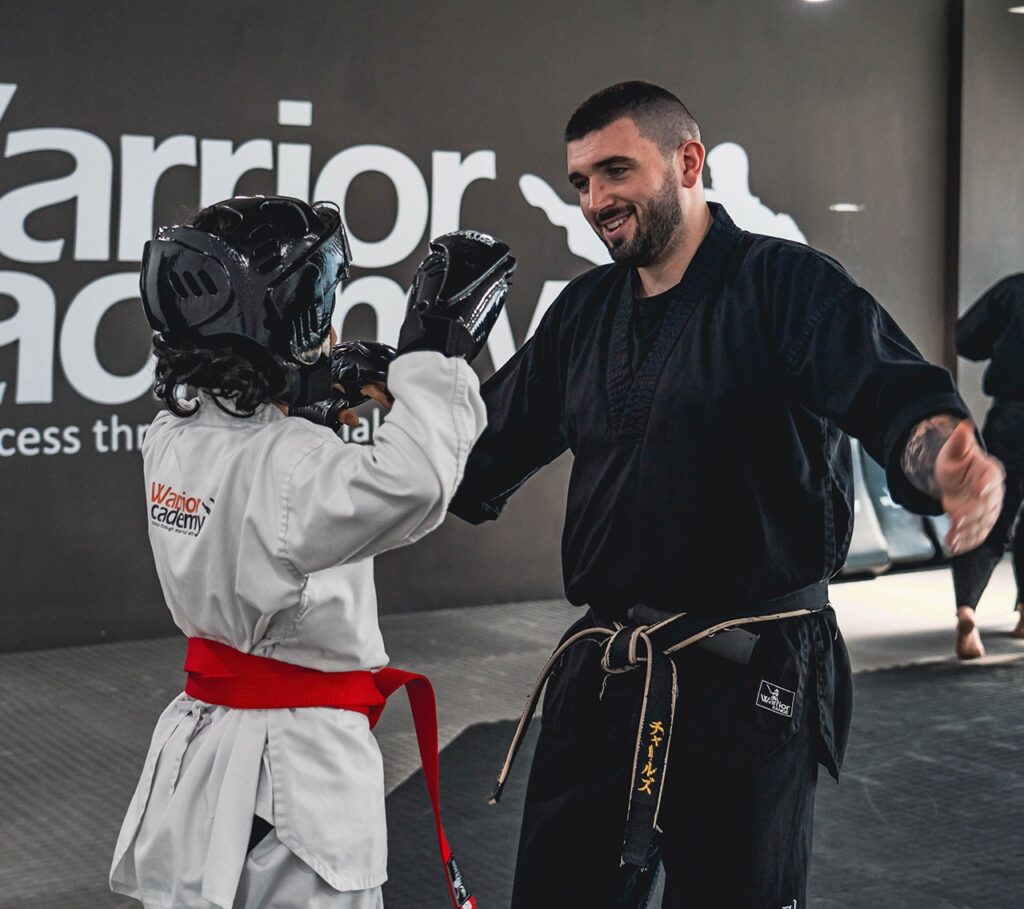
The Importance of a Positive, Supportive Learning Environment
When it comes to learning Taekwondo, the environment in which a child trains is just as important as the training itself. A positive, supportive learning environment can make all the difference in a child’s experience, helping them to feel comfortable, confident, and motivated to continue their practice.
A positive learning environment starts with the instructor, who should be knowledgeable, patient, and encouraging. The instructor should be able to create a safe space for children to learn, and should help them build their skills and confidence gradually, at their own pace. They should also be able to foster a sense of community and camaraderie among students, so that children feel like they are part of a supportive team.
In addition to the instructor, it’s important for the physical environment to be safe, clean, and well-equipped. The training space should be bright and cheerful, and should be set up to accommodate the needs of children. There should be enough room for children to move and practice their techniques, and the equipment should be in good condition and appropriate for their age and size.
Finally, it’s important for the training program itself to be designed with children in mind. The curriculum should be well-structured and challenging, but not overwhelming. It should also be engaging and fun, so that children look forward to each training session. And of course, the program should emphasize the values and skills that are so important for children’s overall development, such as respect, discipline, and teamwork.


